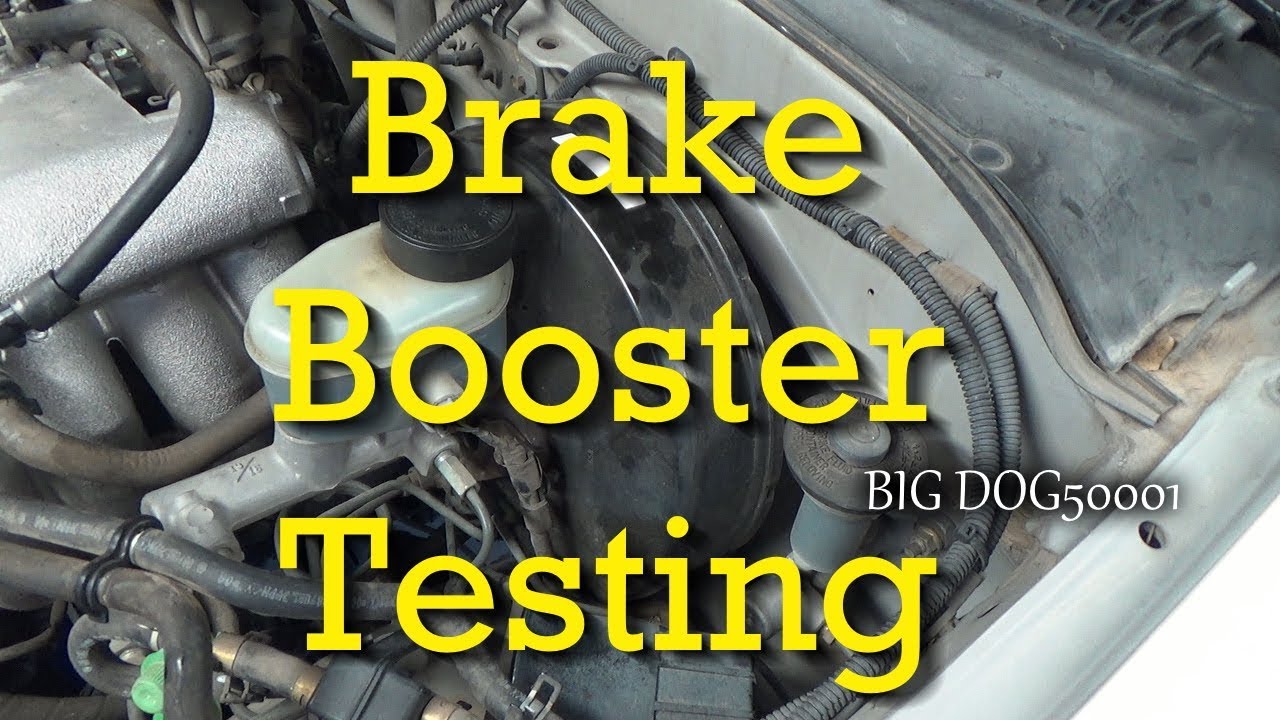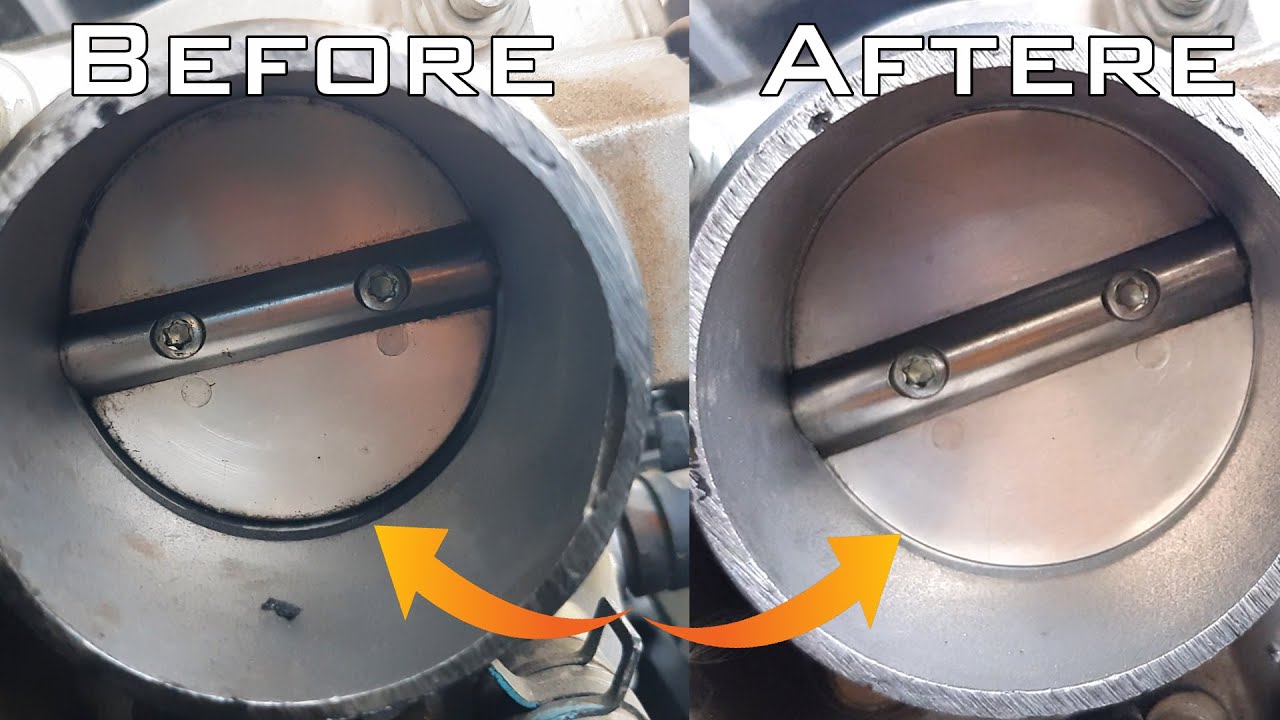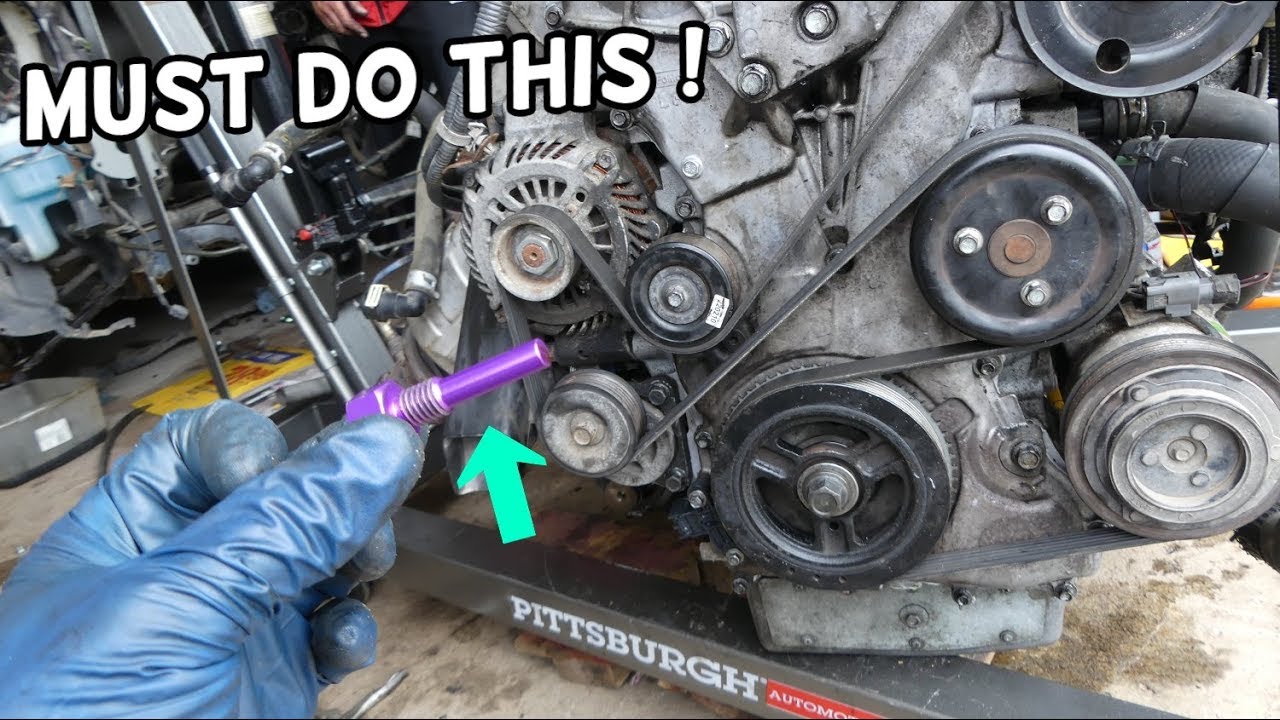Navigate the roads with confidence by mastering the art of testing your brake servo. Say goodbye to uncertain braking and hello to secure stops. Follow these easy steps to ensure your brakes are in top-notch condition, keeping you safe on every journey.
How does a Brake Servo works?

A brake servo amplifies the force applied to the brake pedal. It uses a vacuum created by the engine to assist in applying the brakes. When the brake pedal is pressed, a valve in the brake servo opens, allowing the vacuum to enter the servo chamber.
The vacuum then pushes against a diaphragm inside the chamber, which applies force to the master cylinder. This force amplification makes it easier to apply the brakes and brings your vehicle to a stop more quickly.
Steps to test the brake servo
Here are the steps to test the brake servo:
- Start the vehicle’s engine and let it idle for a few minutes to ensure that the vacuum created by the engine is at its maximum level.
- Press down firmly on the brake pedal a few times to reduce the vacuum in the brake servo.
- Turn off the engine of the vehicle and pump the brake pedal several times until the vacuum in the brake servo is fully depleted.
- With the engine still off, press down on the brake pedal and hold it down with steady pressure.
- While still holding the brake pedal down, start the engine.
- With the engine running, release the brake pedal and let the vehicle idle for a few minutes. Then, press down on the brake pedal again and hold it down with steady pressure. If the pedal is harder to press down and does not sink to the floor, this is a sign that the brake servo is working correctly.
- Finally, take the vehicle for a short test drive and apply the brakes several times at different speeds.




